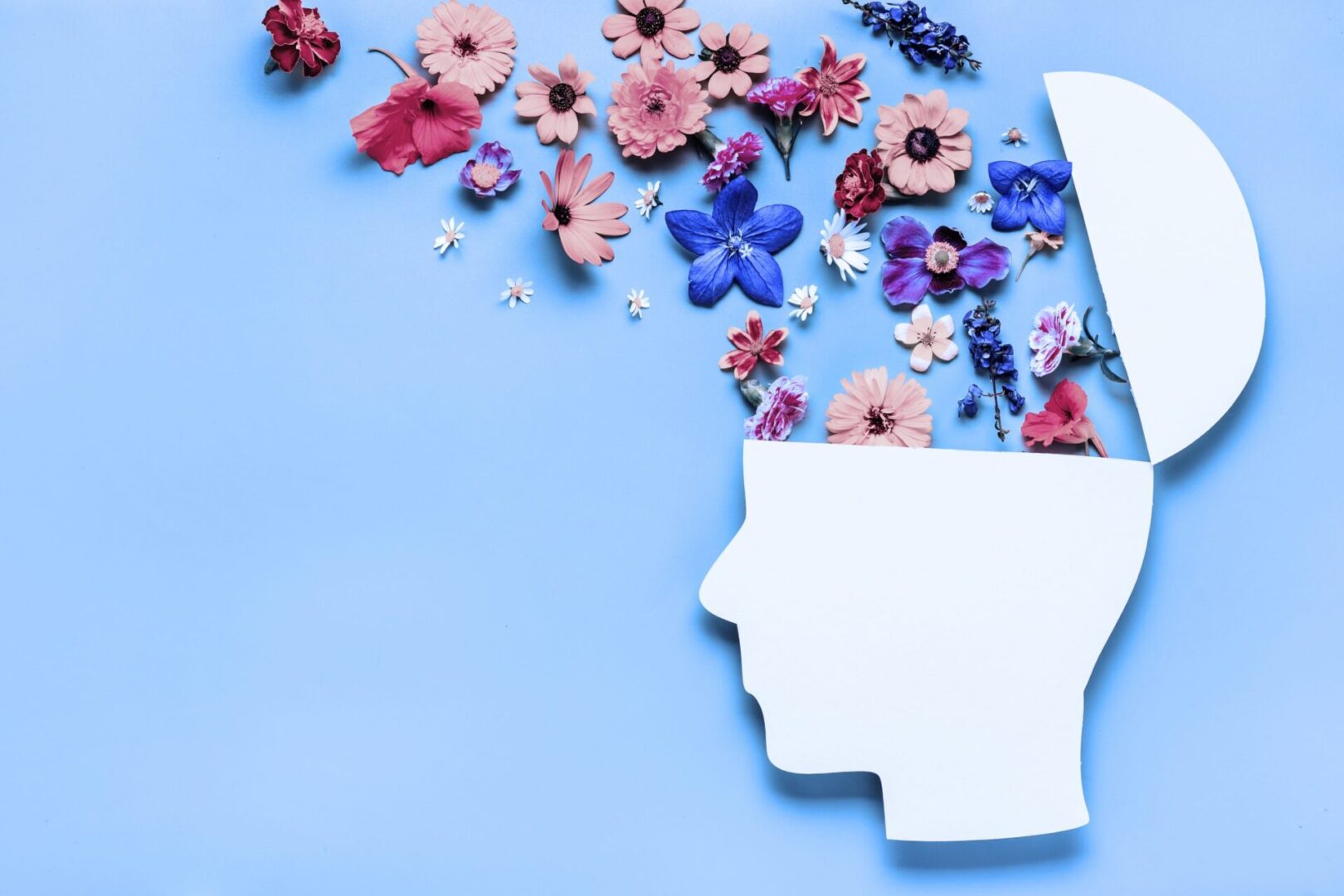Search by Color or Cause


In January, Mental Wellness Month is dedicated to breaking the stigma associated with mental illness. Mental illness refers to behavioral, emotional, and psychological disorders ranging from mild to severe. Those with mild symptoms may not struggle to function personally, professionally, or socially. However, those with more severe disease may experience difficulty with these interactions. The color to recognize Mental Wellness Month is lime green. Wear a lime green or green enamel awareness pin, fabric ribbon, or lime green or green silicone awareness bracelet to call attention to this important awareness month.
Mental illness is much more common than you may think. The National Alliance on Mental Illness report one in five American adults experiences mental illness in a year. That’s more than 14 million adults. Many of these people have co-occurring disorders such as substance use disorders or medical conditions. These contribute to mental health. Examples of mental health disorders include common illnesses such as depression, anxiety, bipolar, eating disorders, and substance use disorders. Less common diagnoses include disruptive disorders like kleptomania, pyromania, and paranoid personality. Although there are millions of Americans diagnosed with mental illness, only a tiny portion receive proper treatment. When a mental health disorder goes untreated, symptoms can worsen and interfere with all areas of life. For this reason, it is important to bring awareness about mental illness and available treatments to help people live a healthy, happy, personal, professional, and social life.
During Mental Wellness Month, bring awareness to mental health disorders, break the stigma, and encourage anyone to seek help. Blue Monday is a day during Mental Wellness Month, usually the third Monday in January. The holidays are over, and many people start to realize the consequences of their actions when caught up in the spirit of the season. For example, credit card bills, weight gain, and seasonal depression are associated with Blue Monday. For this reason, Blue Monday is reportedly the saddest day of the year. But it doesn’t have to be! Instead, this year, make Blue Monday and the rest of the month a celebration in honor of mental wellness.
One person can make a difference. Your words and actions are powerful, and if they reach even one person who struggles with mental illness, you’ve won.
1. Start a conversation with someone about mental health to break the stigma of seeking treatment. Spread the truth about who and why people experience mental illness.
2. Create a live video on social media sharing information about Mental Wellness Month. Try to make it go viral.
3. Volunteer at your local mental health center. Other volunteering ideas include shelters, libraries, and food banks.
4. Practice self-care. You can’t truly promote mental wellness unless you prioritize your mental health. Get a massage, meet with a counselor, take naps, and find other ways to love yourself.
5. Start a gratitude journal where you write at least five things you are thankful for. Make it a daily practice.
6. Learn a new hobby, one that distracts you from daily stressors and makes you happy.
7. Join or start a mental health wristband challenge where you, and others you inspire, wear the bands all month long. We offer lime green KNOW MORE® wristbands for mental health awareness.
8. Join or start a social media group for mental health awareness.
9. Host a fundraiser to raise money and awareness for mental wellness.
10. Read a book to an elementary classroom. There are wonderful books on mental health written for every age group. There are even picture books for early readers. Connect with a local elementary teacher and volunteer to read a children’s book to the class. It is never too early to talk to children about emotions.